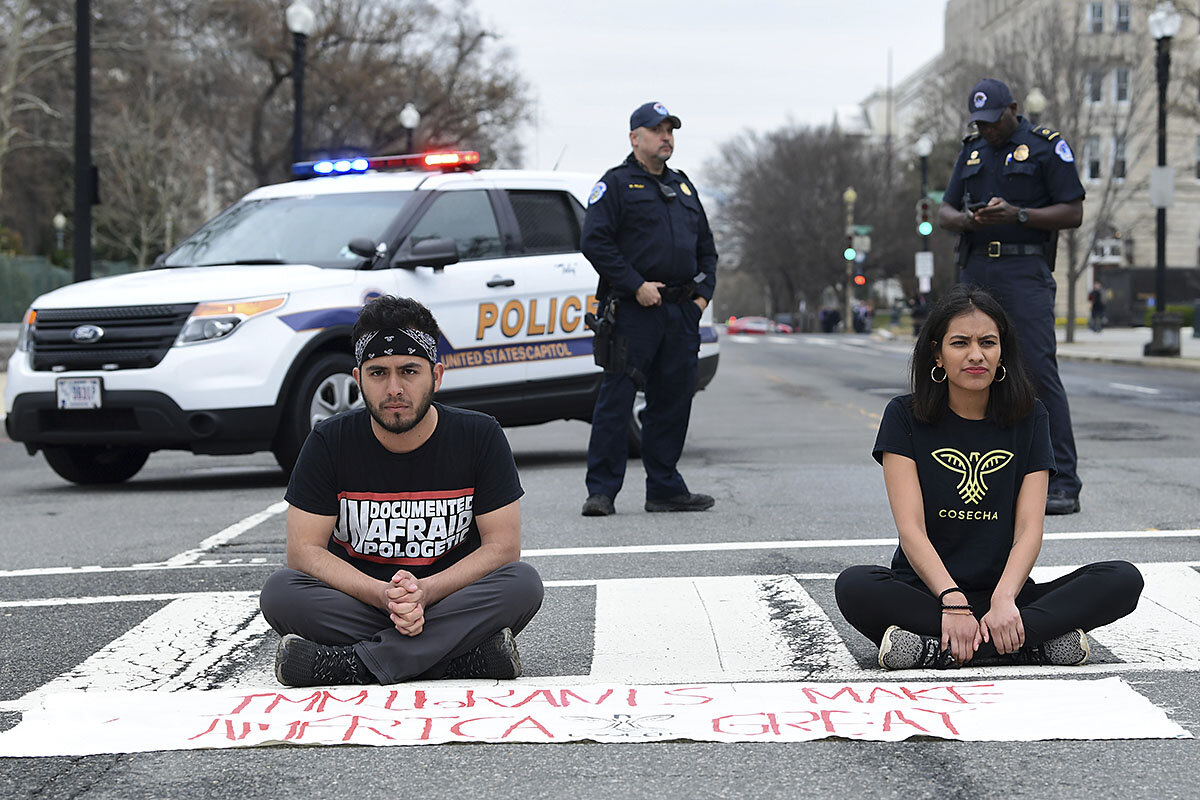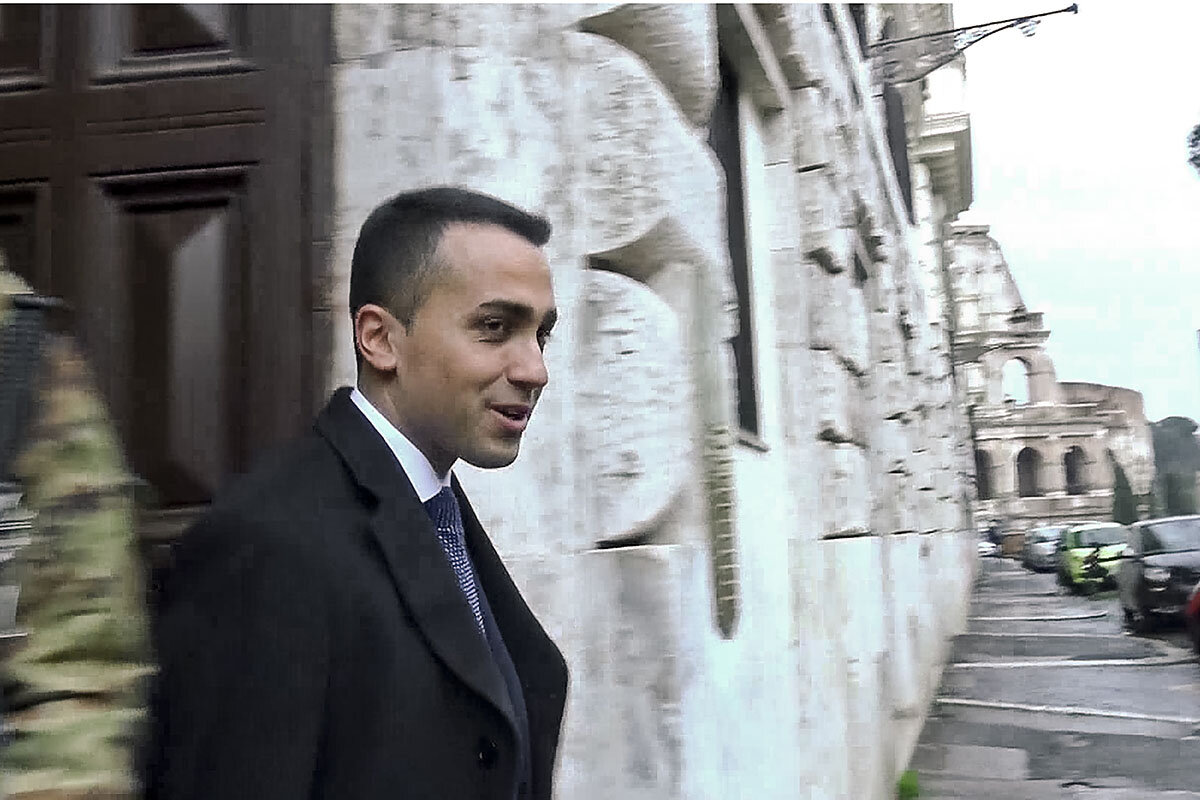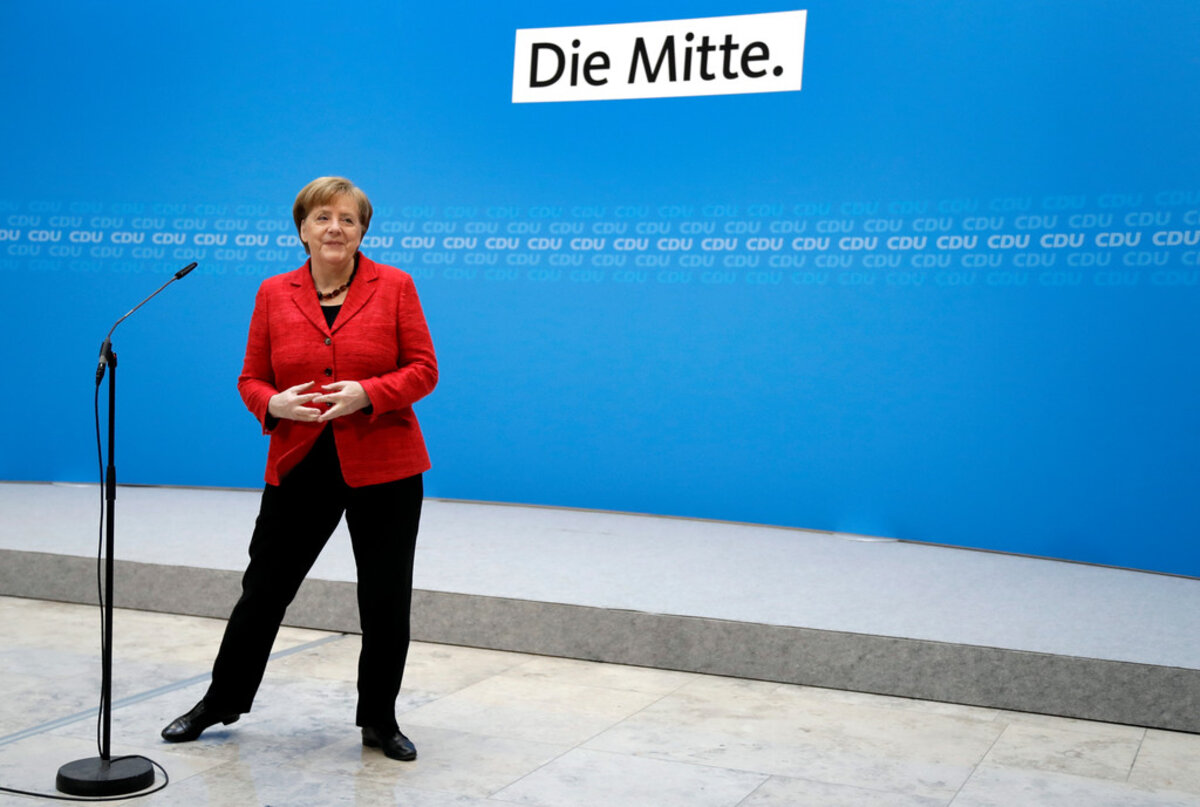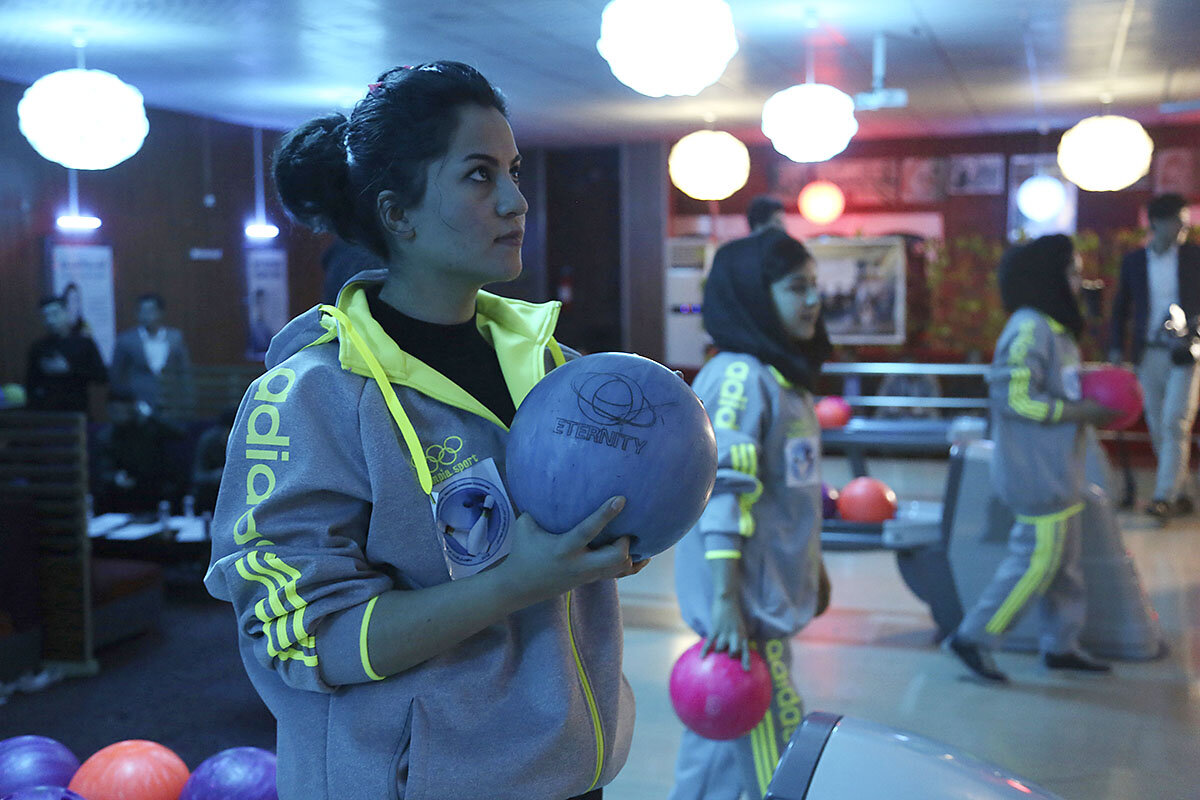Angela Merkel, a pastor’s daughter raised under a communist regime, is set to serve a fourth term as leader of Europe’s largest economy – a feat that reveals a remarkable set of qualities in leadership. On March 4, Germany’s main opposition party, the Social Democrats, voted in favor of another coalition in parliament with Ms. Merkel’s Christian Democrats and its sister party in Bavaria.
The difficult task of negotiating a shared left-right government took six months of patient work and careful listening by Merkel. In the push and pull of electoral politics, the parties had to compromise on issues such as tax cuts, child care, immigration restrictions, and Germany’s role in the European Union.
This renewal of stability in Berlin is a blessing for the Continent. Merkel has shepherded Europe through a decade of upheaval, from a currency crisis to Russian aggression to a refugee crush and, soon, Britain’s exit from the EU.
Still, German society, like other Western democracies, is increasingly split along partisan lines. The rise of extremist parties, such as the far-right Alternative for Germany, reflects an unsettling trend. This is why it is important to understand the virtues that Merkel brings to her style of management.
She may be dubbed “the world’s most powerful woman” but, to her, power does not lie in a grand ideology or the force of a dominant personality. She looks relaxed for a reason. As she did in 2005 when she became Germany’s youngest and first female chancellor, she asked voters in last year’s election to choose her for her temperament. Even her blandness – Germans call her “Mutti” or “Mother” – is a powerful draw. It stands out against the bravado of other politicians.
Her Christian faith, as she puts it, is her “inner compass.” To her, the most important quality in life is humility. According to biographers, she learned how to treat people with respect and equality by growing up in a neighborhood with a high number of people with disabilities. One of her favorite phrases in dealing with a crisis is “step by step.” She often governs by remaining silent in a negotiation and then reframing a conflict of views by identifying the “wiggle room” within each person’s thinking.
In short, she draws people together by gentleness, or what might be called sweet and tender reason. “Fear is not a good adviser in politics,” she says.
She is not without political ambition or playing hardball with political opponents. She was swift to order a closing of Germany’s nuclear power plants. She was forceful in imposing austerity on a bankrupt Greece. When up against the rough personal tactics of Russian President Vladimir Putin, she once said, “He’s afraid of his own weakness. Russia has nothing, no successful politics or economy.”
Yet she knows when to compromise and to delay in order to stay within the mainstream of public opinion. “I am regarded as a permanent delayer sometimes, but I think it is essential and extremely important to take people along and really listen to them in political talks,” she says. Germans have even a coined a new word, merkeln, or how a person lingers over a decision until it is ripe for action.
From China to Venezuela to Russia, more rulers are staying in power by force of intimidation and arms. Merkel’s reelection as chancellor was achieved by the attractiveness of her patience and openness. Those traits have also helped her in forging a new cross-party coalition. She cultivates in others the qualities that she expresses.
Germany remains a powerful exporter of goods to the world. Merkel’s examples of leadership, such as gentleness, are another type of “good.” They are not for sale. But they are available for leaders to emulate.
 Mark Sappenfield
Mark Sappenfield












